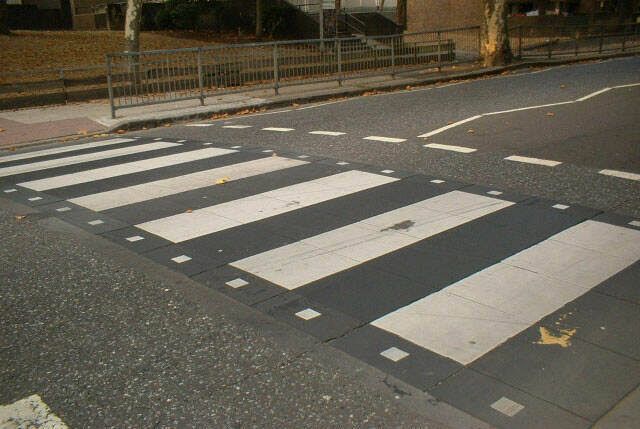
When you’re rushing to work, picking up the kids, or just enjoying a walk, the road can feel like a gauntlet. We’ve all been tempted to dash across a street when the coast looks clear, but that split-second decision could have lifelong consequences. This is why pedestrian crossings aren’t just line painted on the asphalt they’re vital safety zones designed to protect you.This post will explore the critical importance of using designated crossings, how they work to keep you safe, and the small actions we can all take to make our streets safer for everyone.
1. They Put the Power of Safety in Your Hands
A pedestrian crossing, whether a simple zebra crossing or a signalized intersection, is a universally recognized command to traffic: “Stop! A person is crossing here.”
Imagine a busy street at rush hour. If you step off the curb anywhere you like, you’re entirely at the mercy of drivers’ reflexes and attention. At a designated crossing, however, the entire system is built around your right-of-way.
- Zebra Crossings: In many places, as a pedestrian, you automatically have the right of way once you step onto the black and white stripes. Drivers are legally obligated to stop.
- Signalized Crossings (Pelican/Puffin): Pressing that button is like activating your personal bodyguard. It changes the traffic signal, giving you a dedicated, safe window to cross.
Your small action of walking a few extra steps to a crossing literally shifts the legal and physical advantage from the car to you.
2. They Combat the Biggest Danger: Human Error
Most accidents involving pedestrians aren’t due to malicious driving—they’re due to distraction, poor visibility, or simple human error.
- Driver Visibility: Crossings are deliberately placed where drivers have the best line of sight. They’re often brightly painted, well-lit, and preceded by warning signs. If you cross mid-block, you’re hidden by parked cars, buses, or blind spots, making you virtually invisible until it’s too late.
- Predictability is Safety: Pedestrian crossings create a predictable environment. Drivers expect pedestrians to cross in these specific areas. When you cross somewhere else, you are introducing a sudden, unexpected variable that can overwhelm even the most attentive driver. We’re all human; we work best with predictable patterns, and crossings provide exactly that.
3. The True Cost of ‘Saving Time’
It might feel like a minor inconvenience to walk to the nearest crossing, but what are you really saving? Ten seconds? Twenty? Compare that to the potential cost of an accident:
- Injury and Trauma: A collision, even at low speed, can result in severe, life-altering injuries and emotional trauma for both the pedestrian and the driver.
- Legal Consequences: Jaywalking can result in fines, and more importantly, can complicate insurance and legal claims after an accident, as you would be legally at fault.
- Traffic Disruption: An accident involving a pedestrian can shut down traffic for hours, impacting hundreds of people who are just trying to get home.
Using the crossing is an investment in your safety and the smooth flow of your community. It’s an act of respect for your own well-being and for the driver who might not see you.
4. Making Crossings Work for Everyone
Using a pedestrian crossing is a shared responsibility:
- For Pedestrians: Always press the signal button, wait for the green light/man , make eye contact with stopping drivers, and never start crossing on a flashing orange or red light.
- For Drivers: Slow down as you approach any crossing, especially a zebra crossing. Be prepared to stop immediately. Put your phone away—a distracted driver is the biggest threat to a pedestrian’s life.
By consistently choosing the crossing, you reinforce good habits in the community and save lives. Take those few extra steps; your safety is always worth the time.
